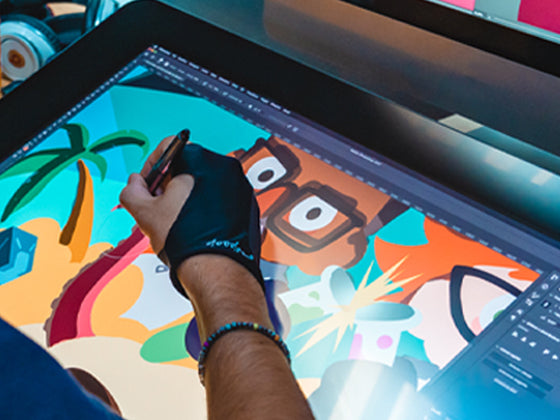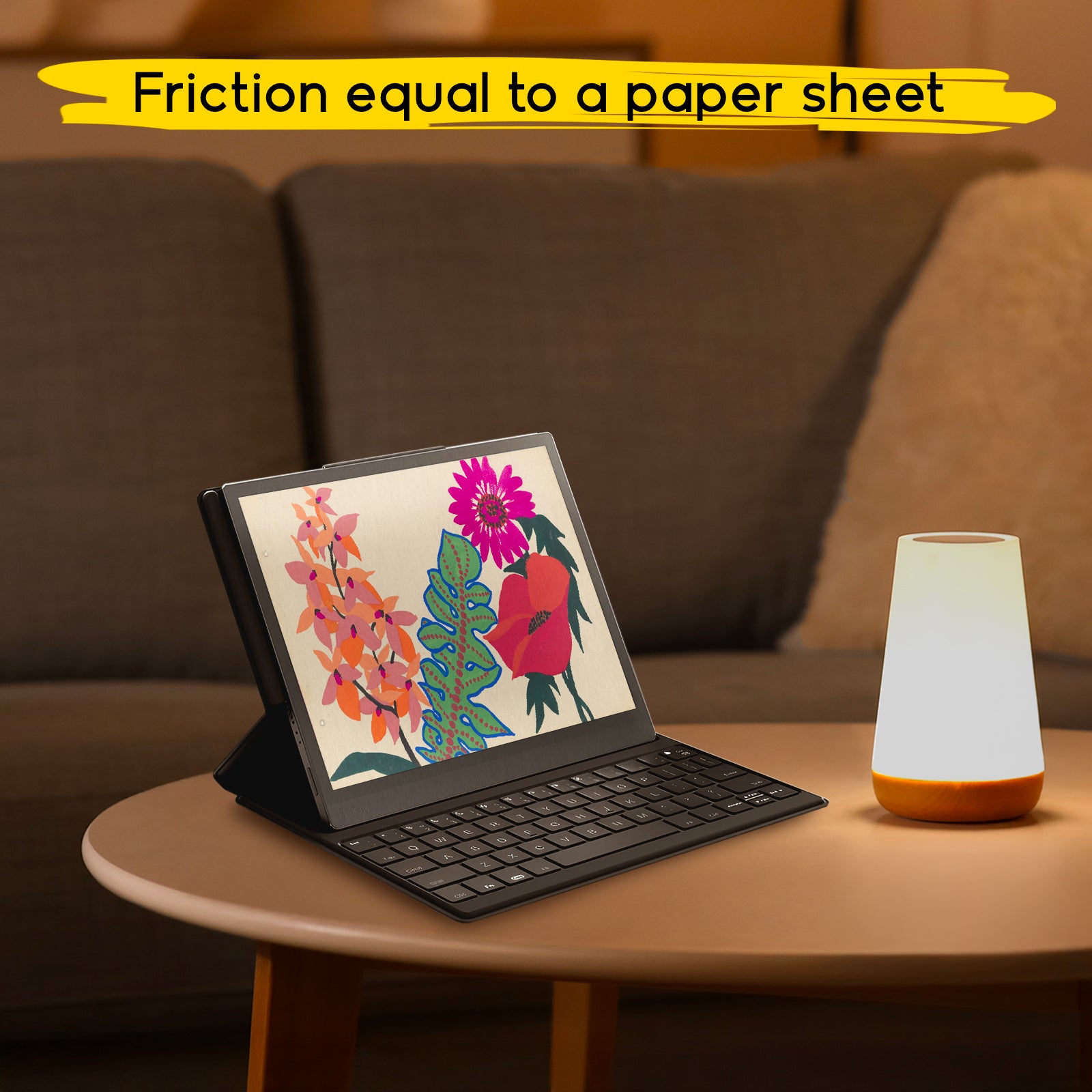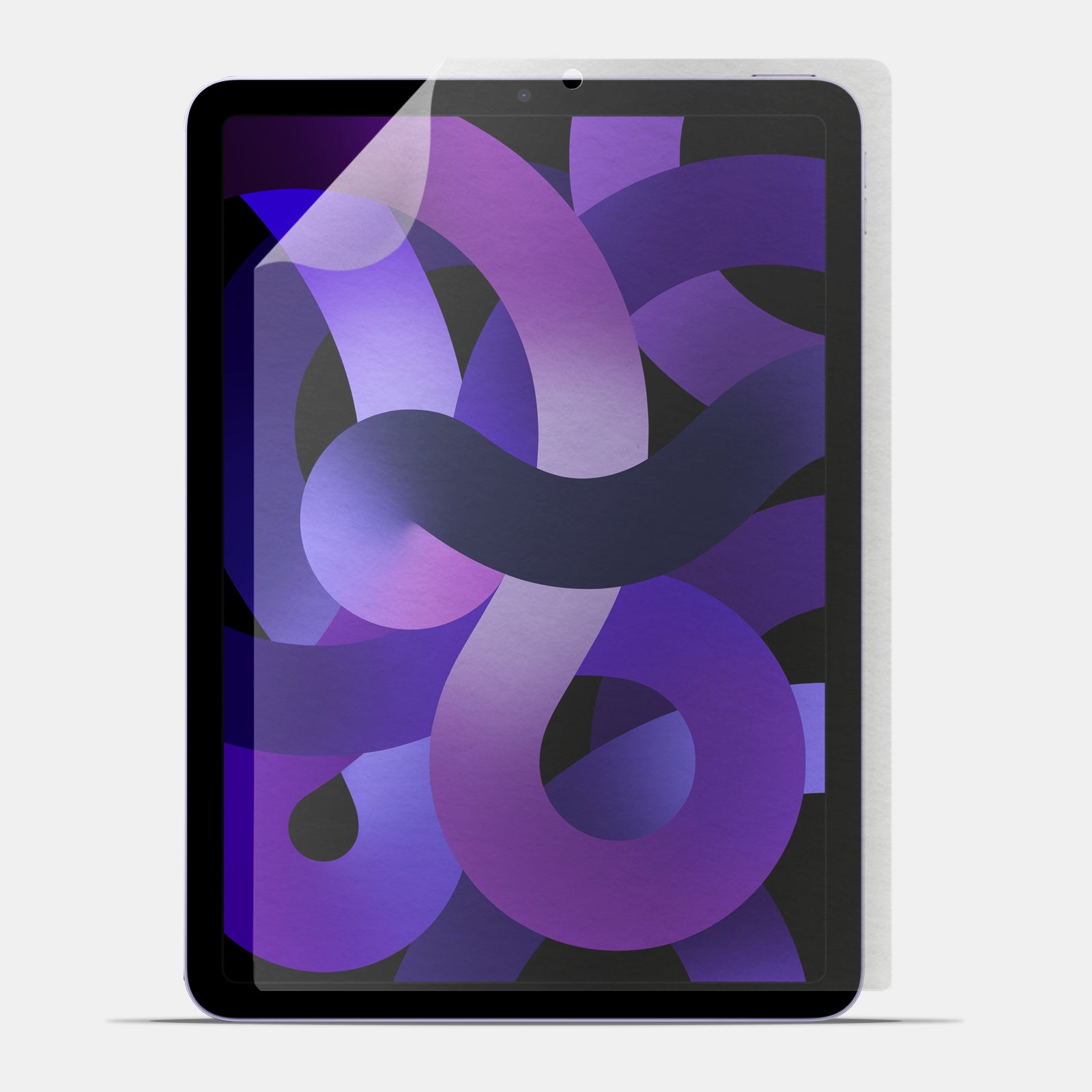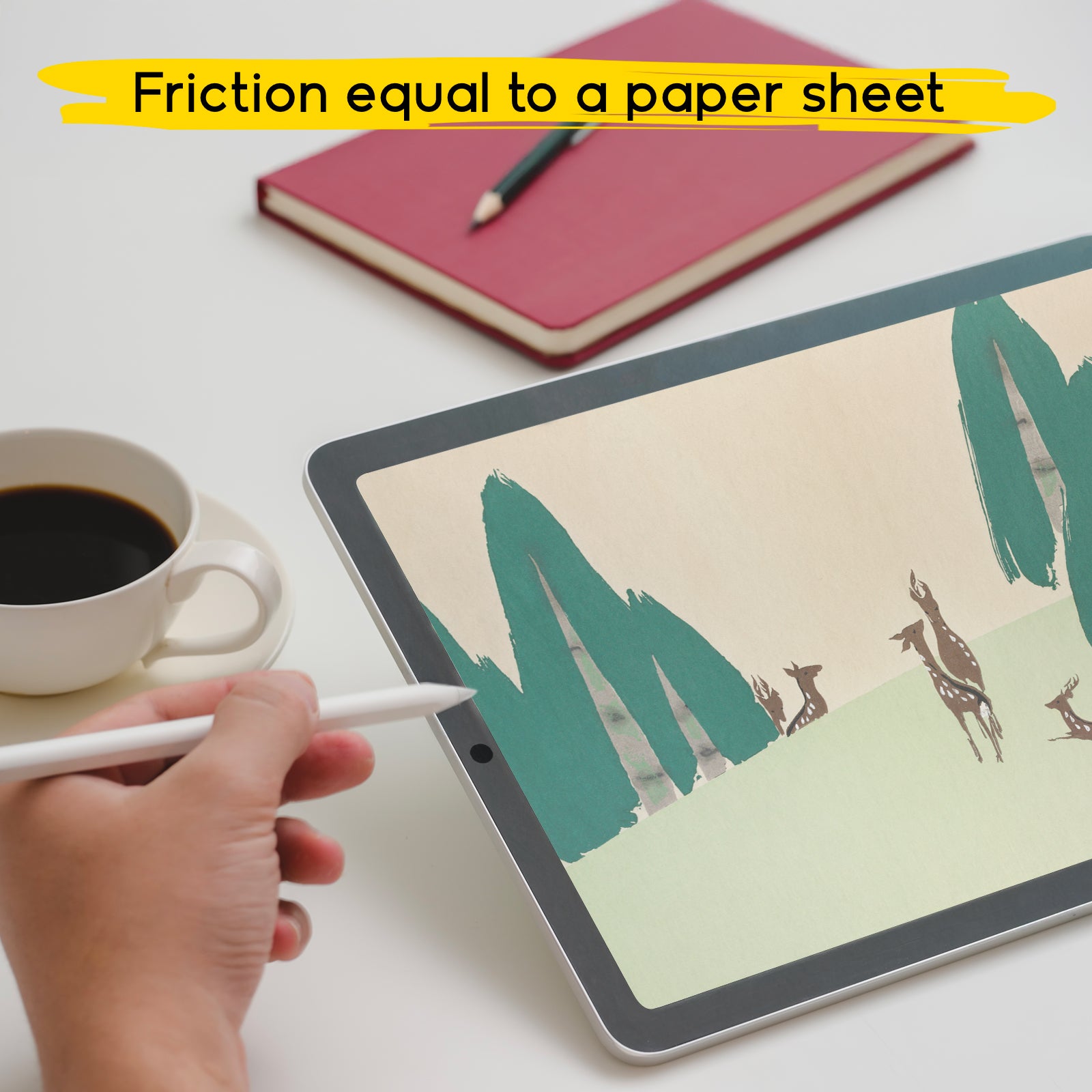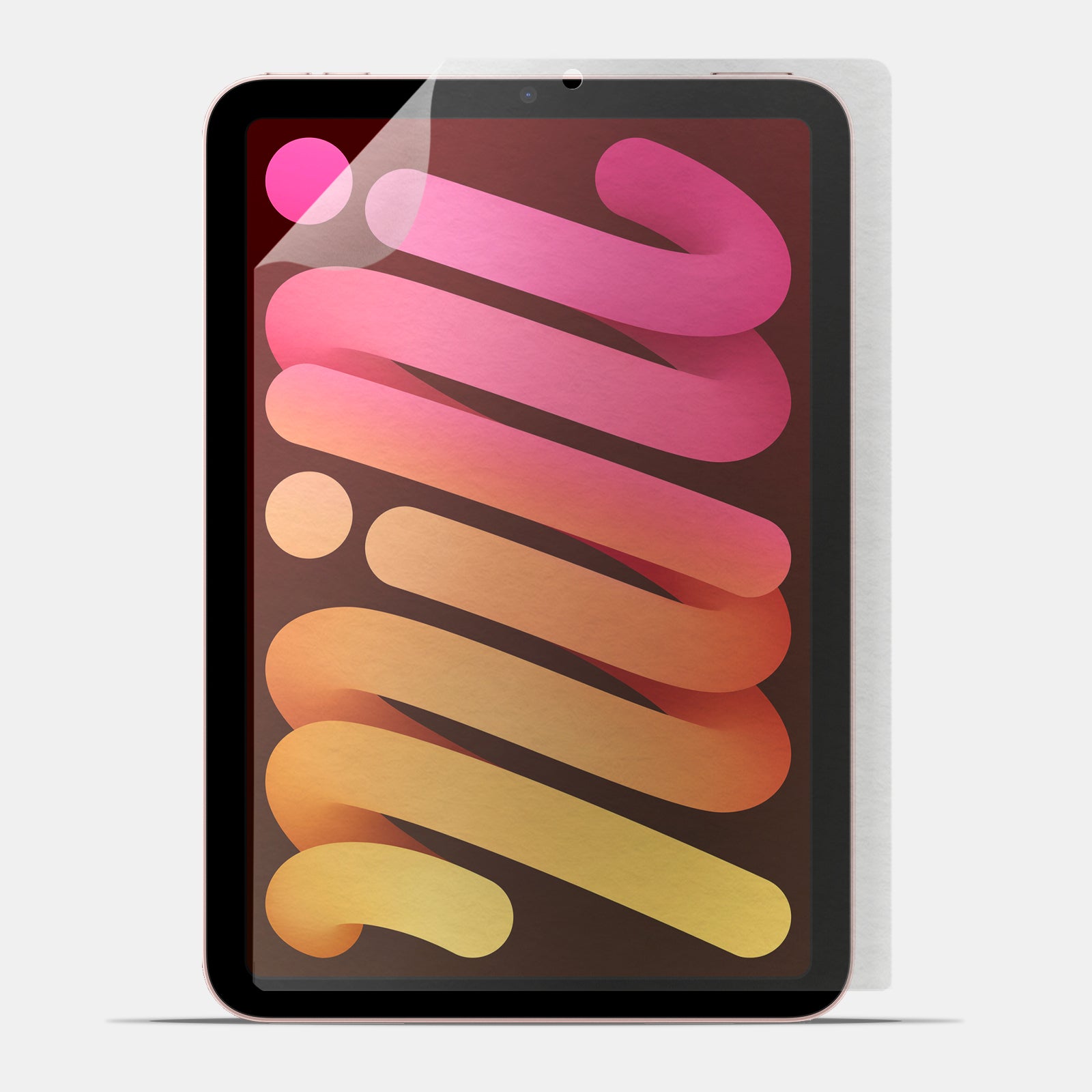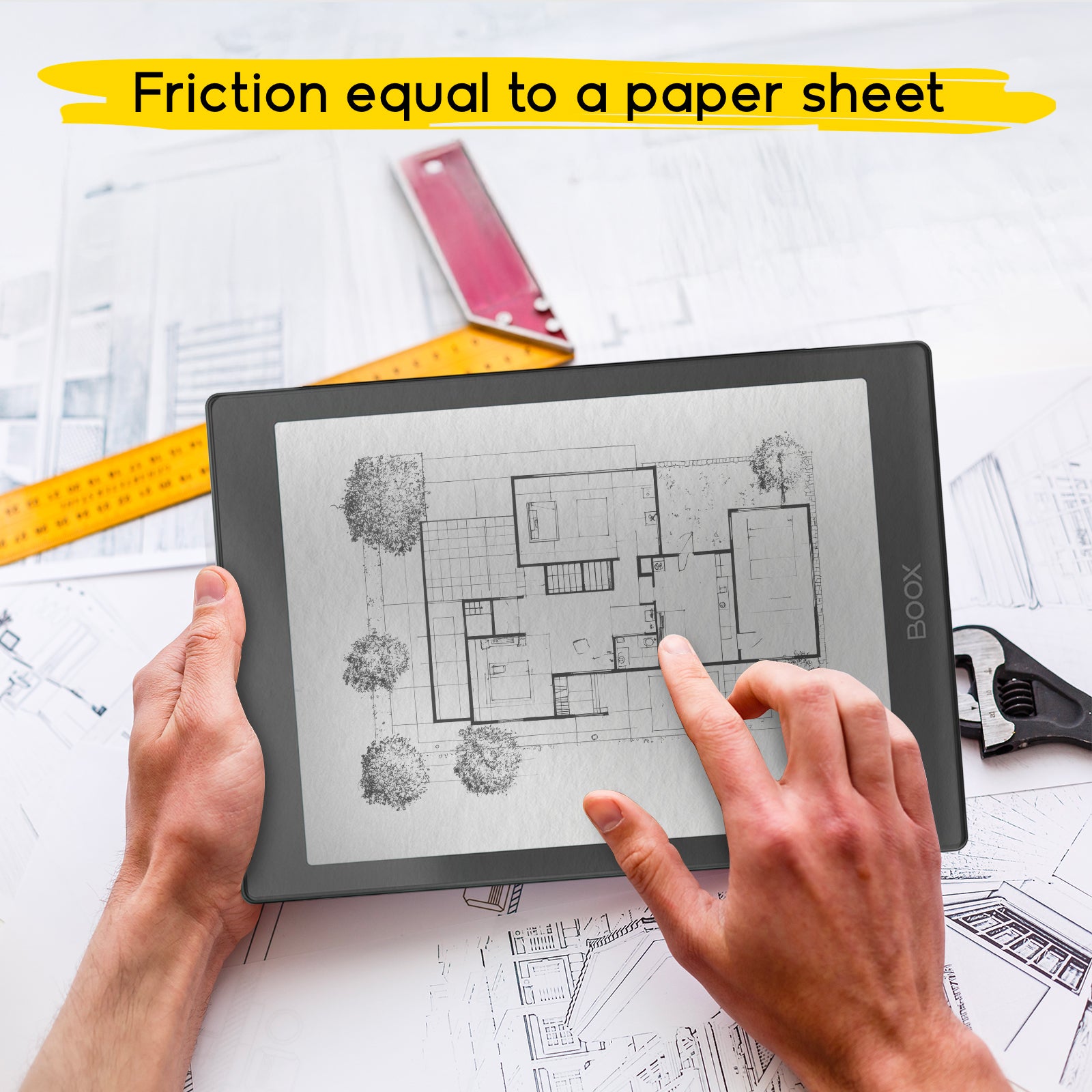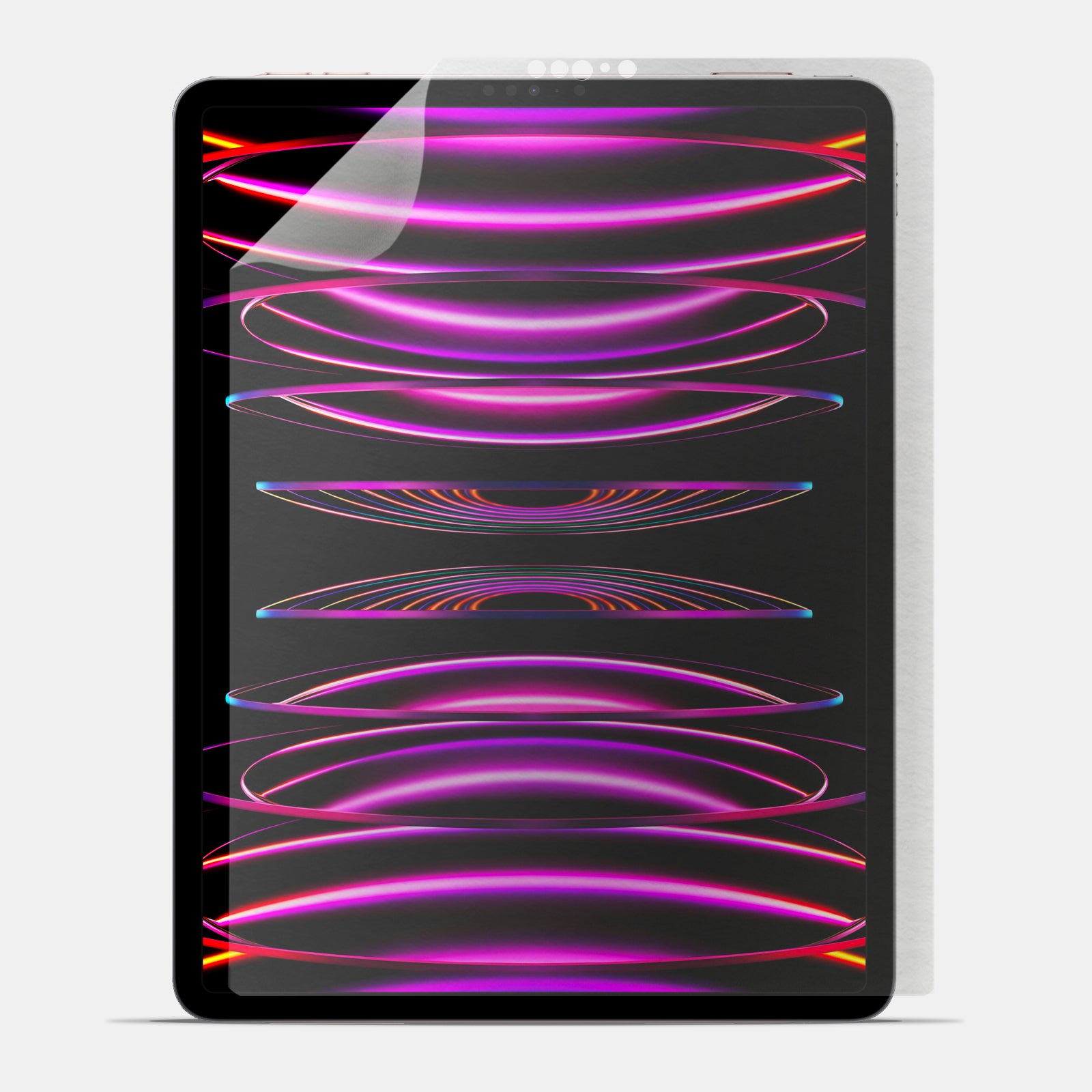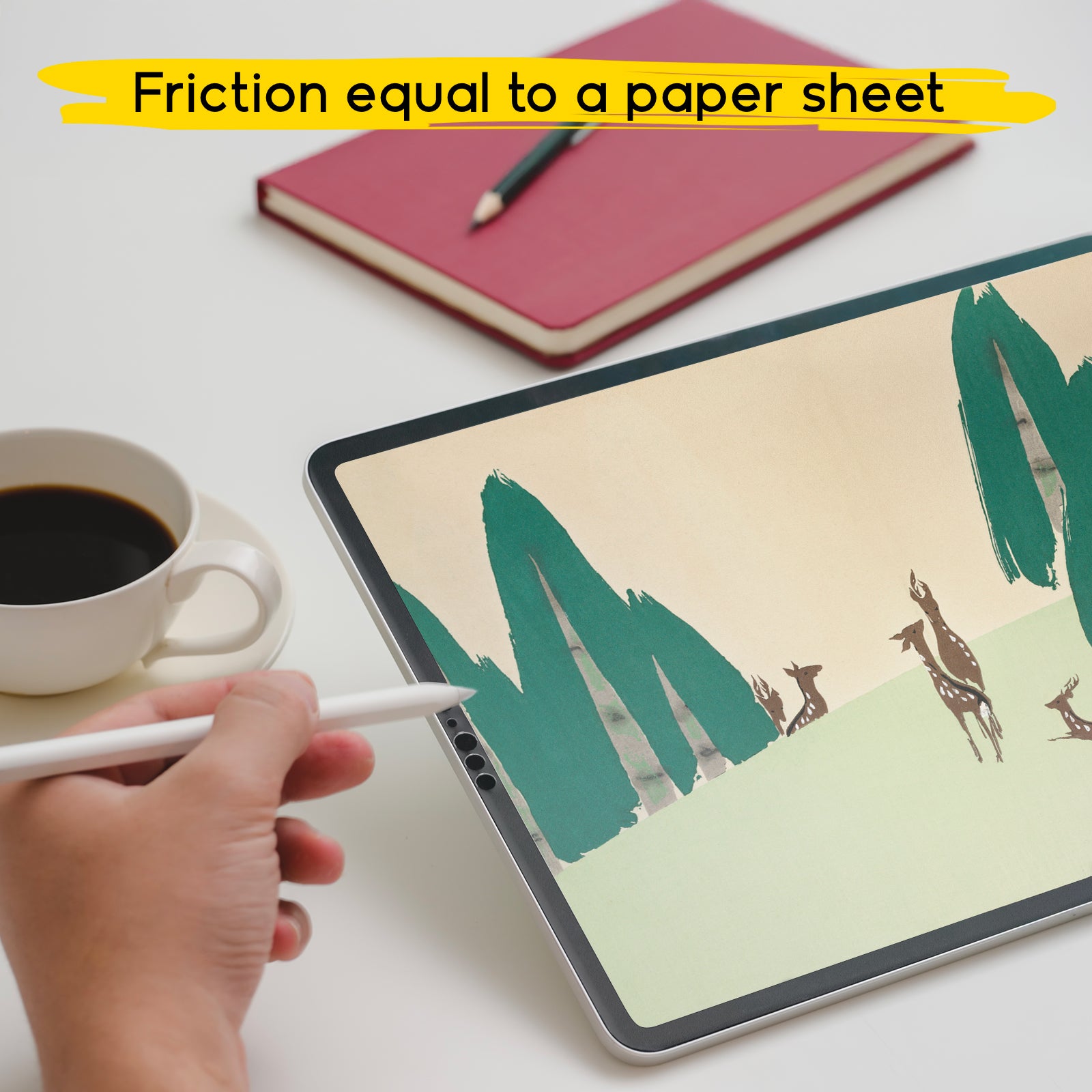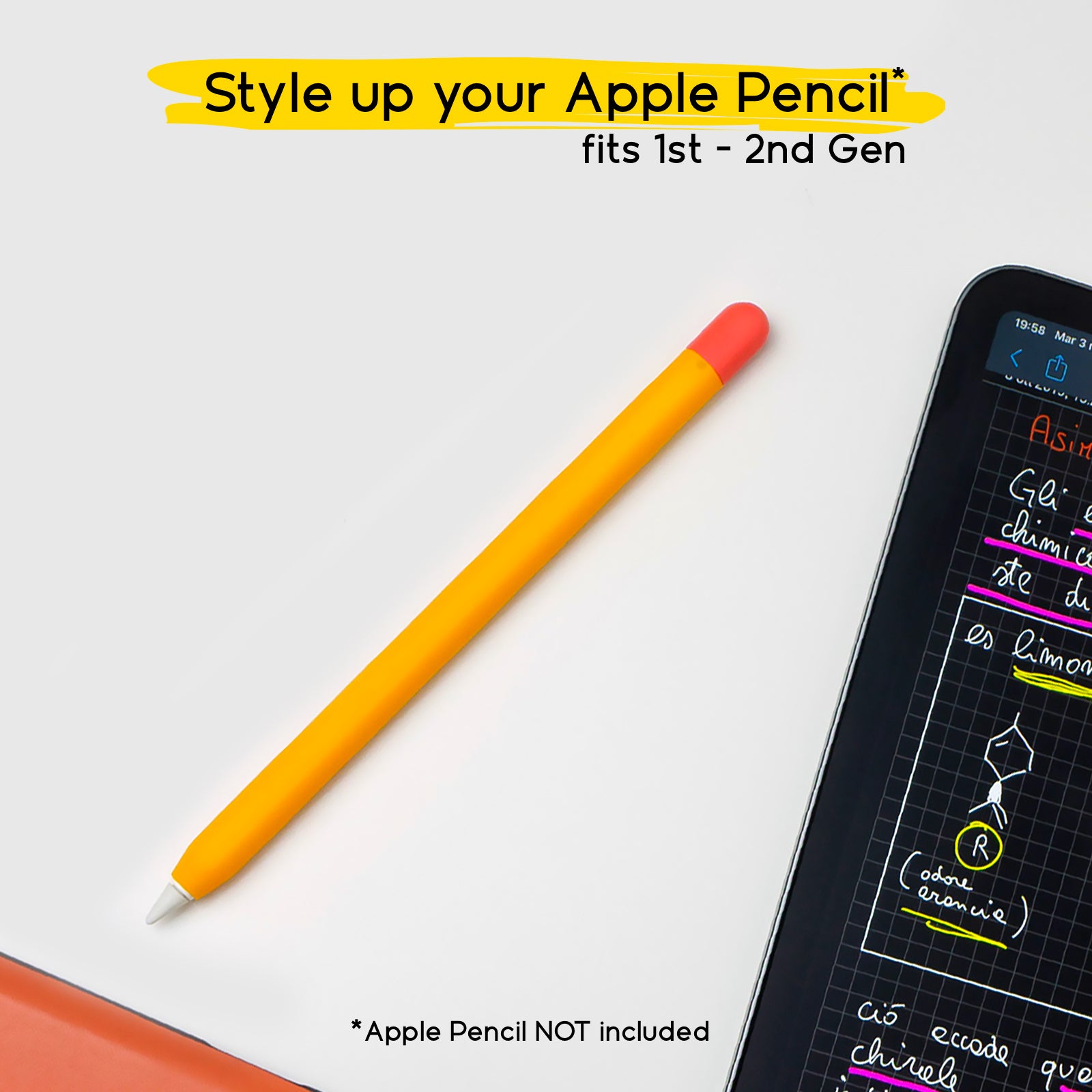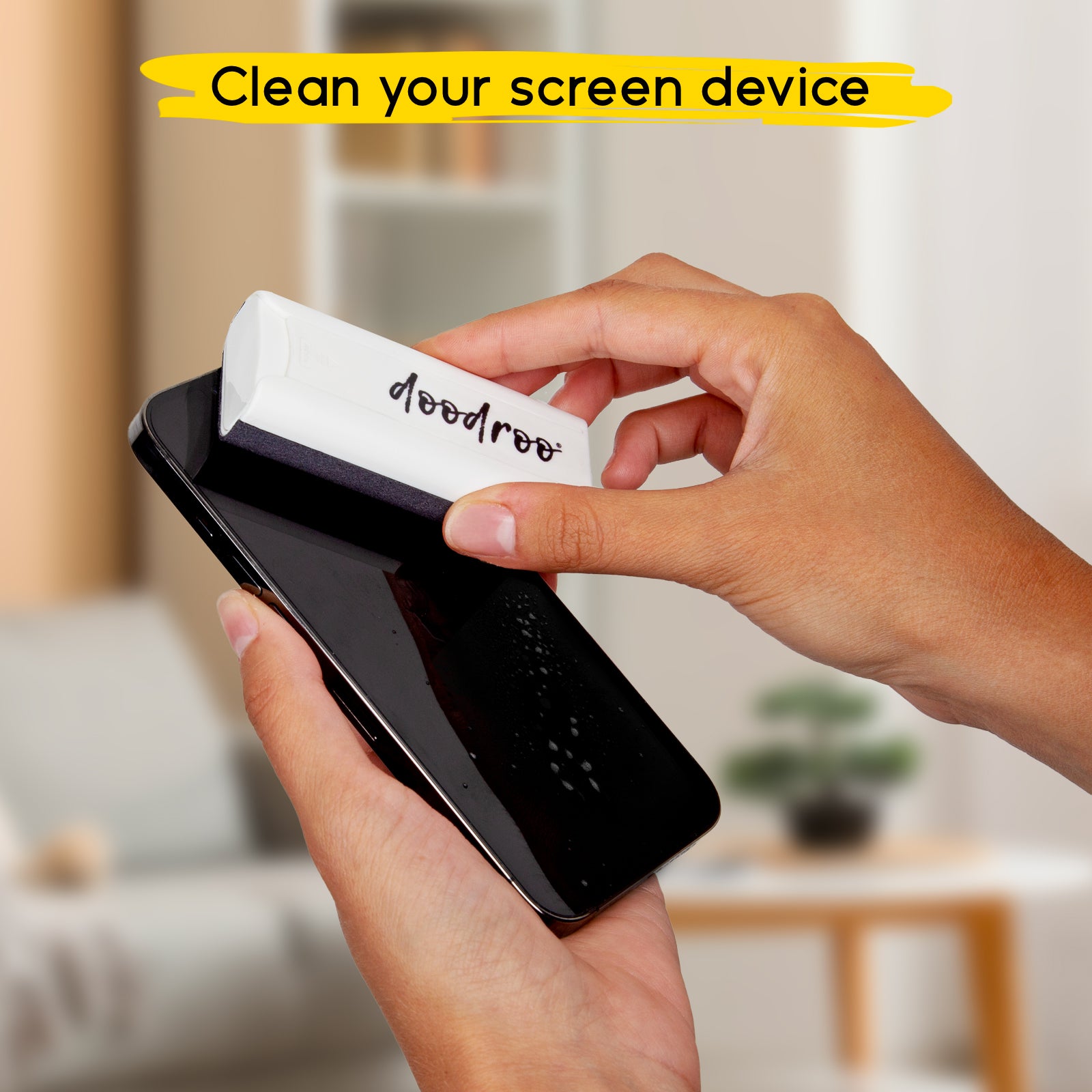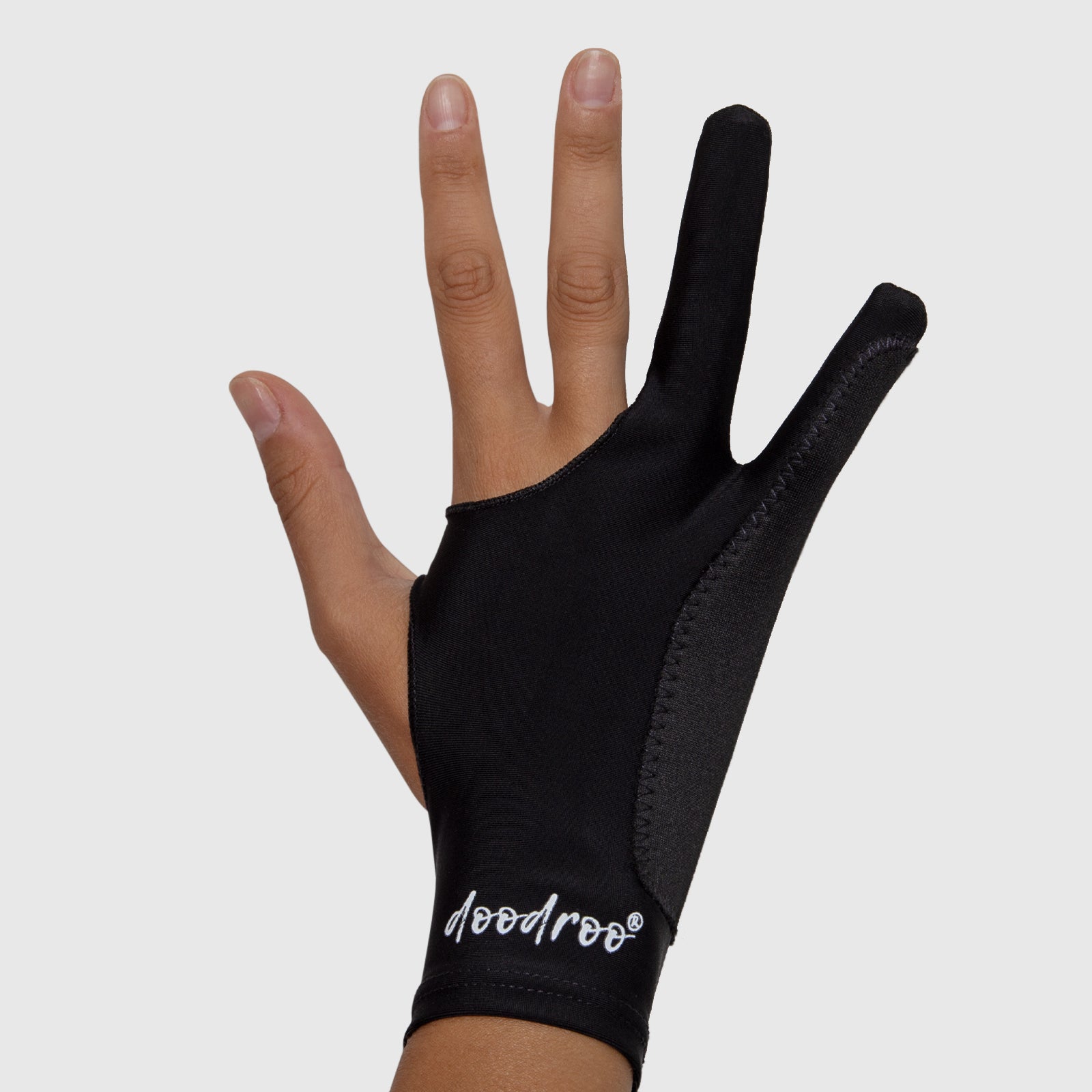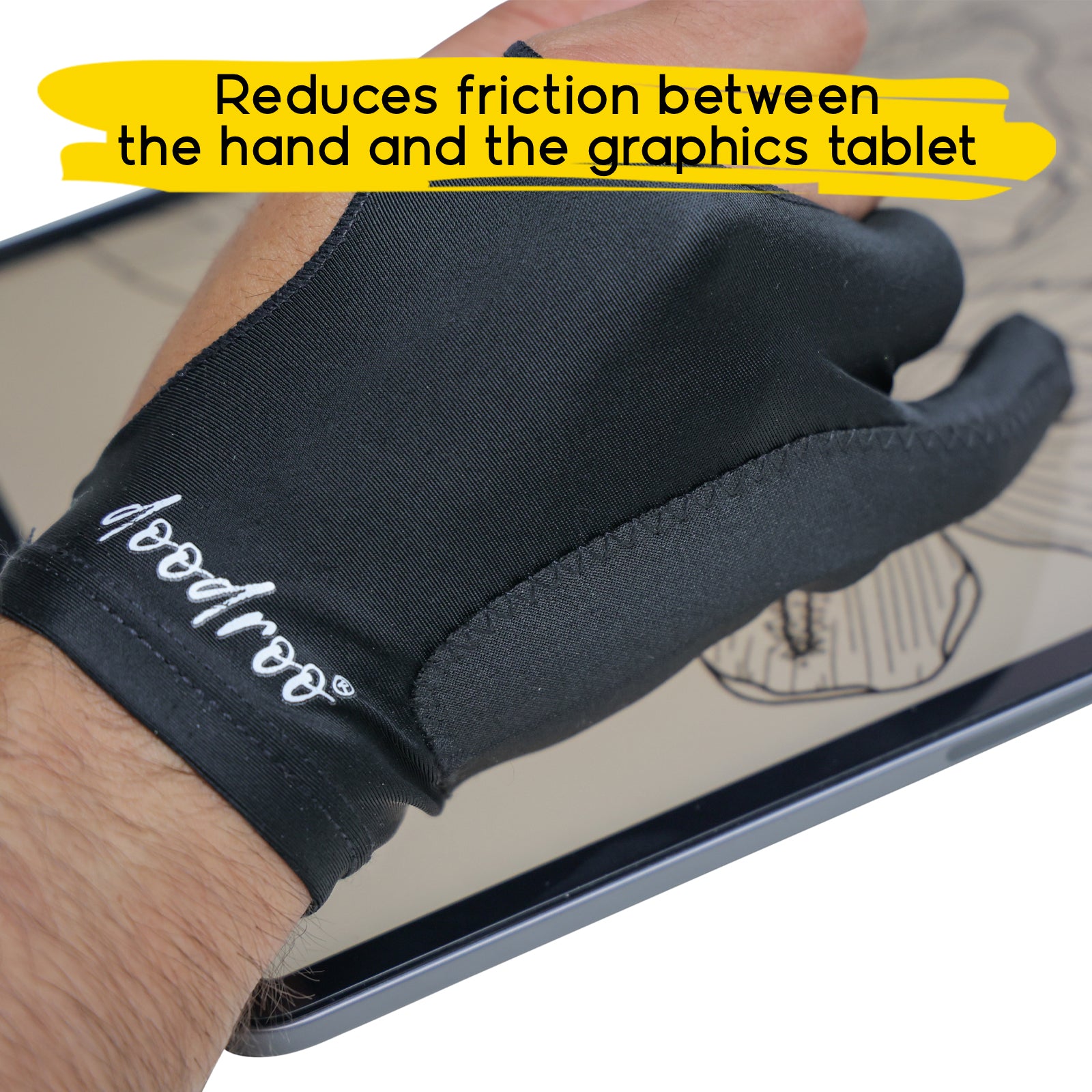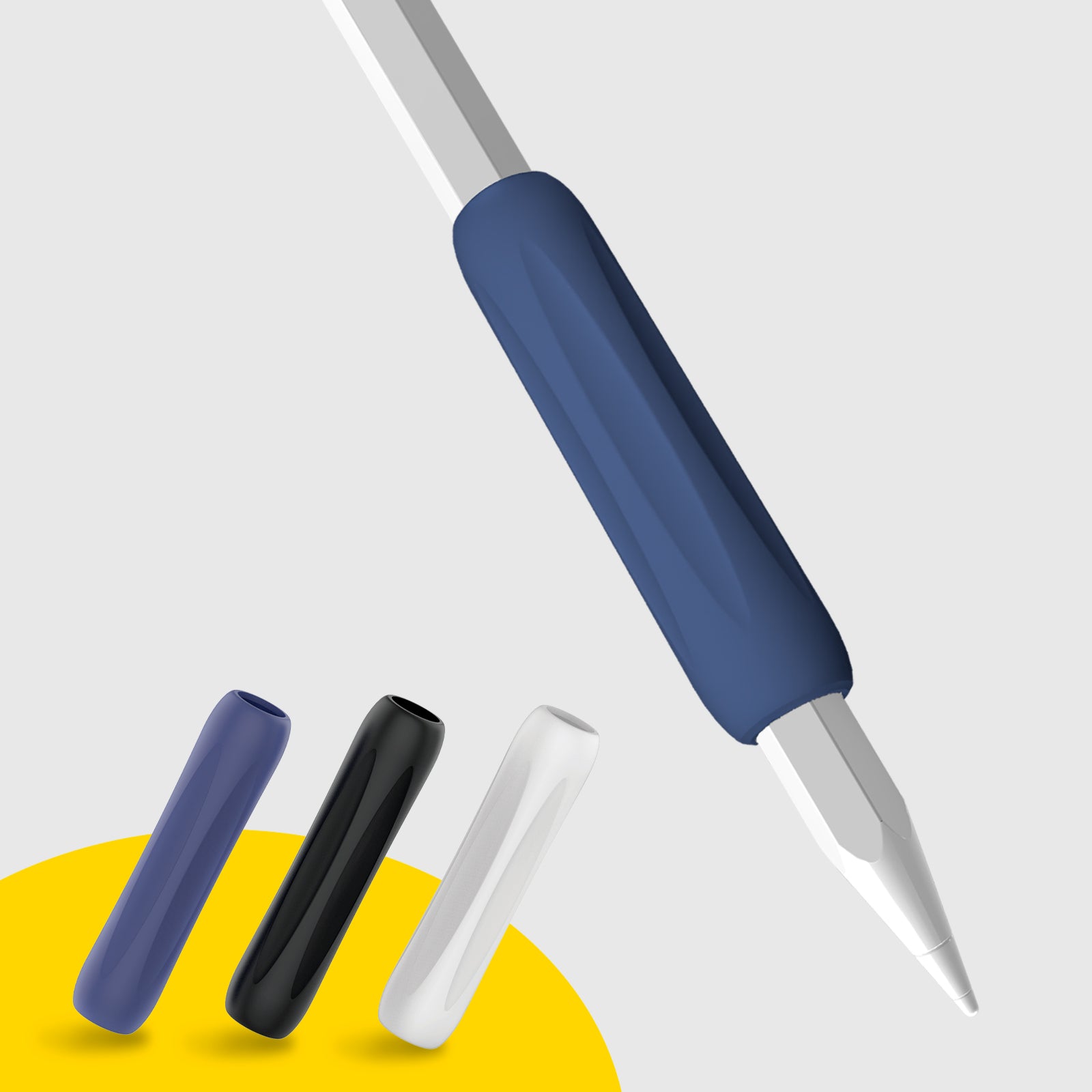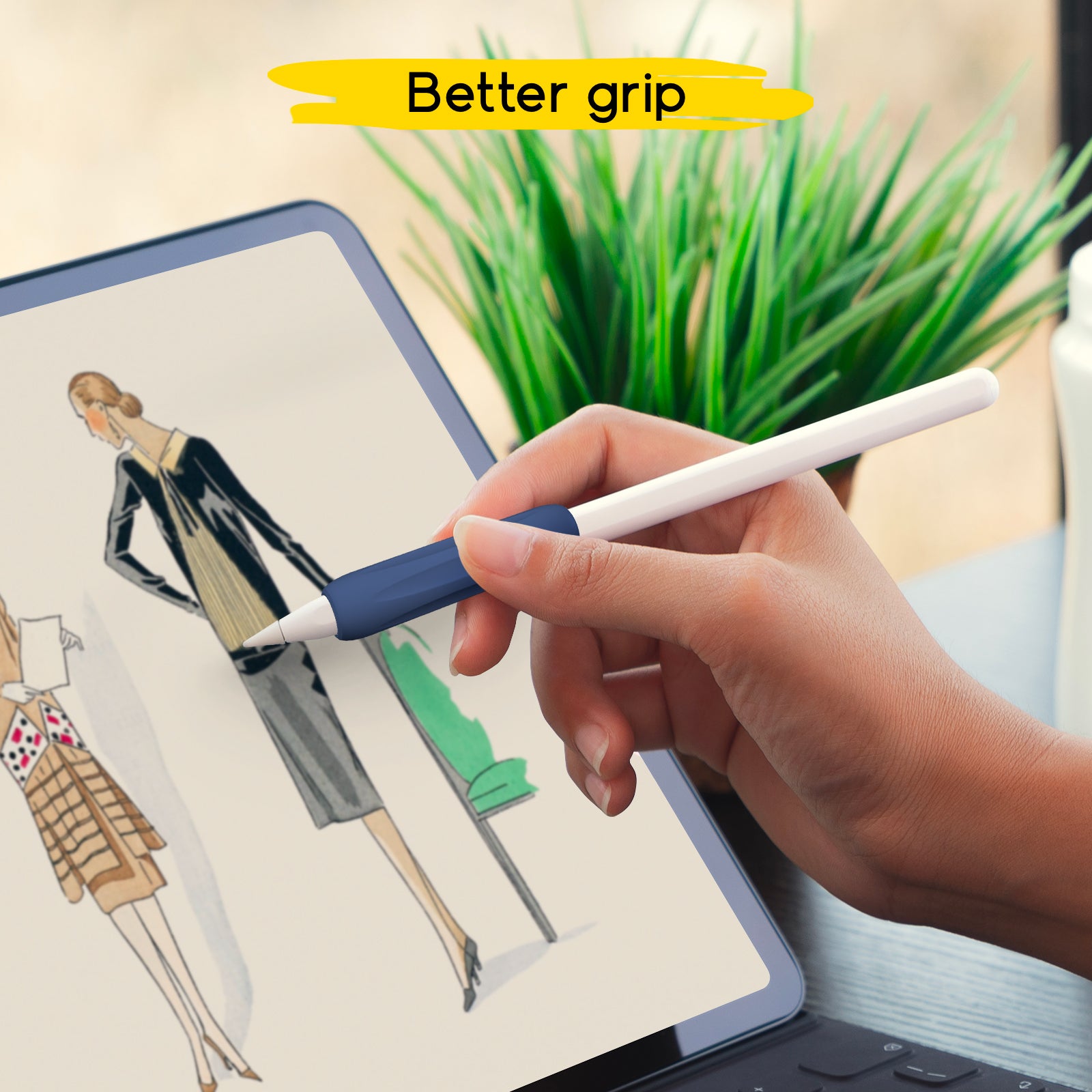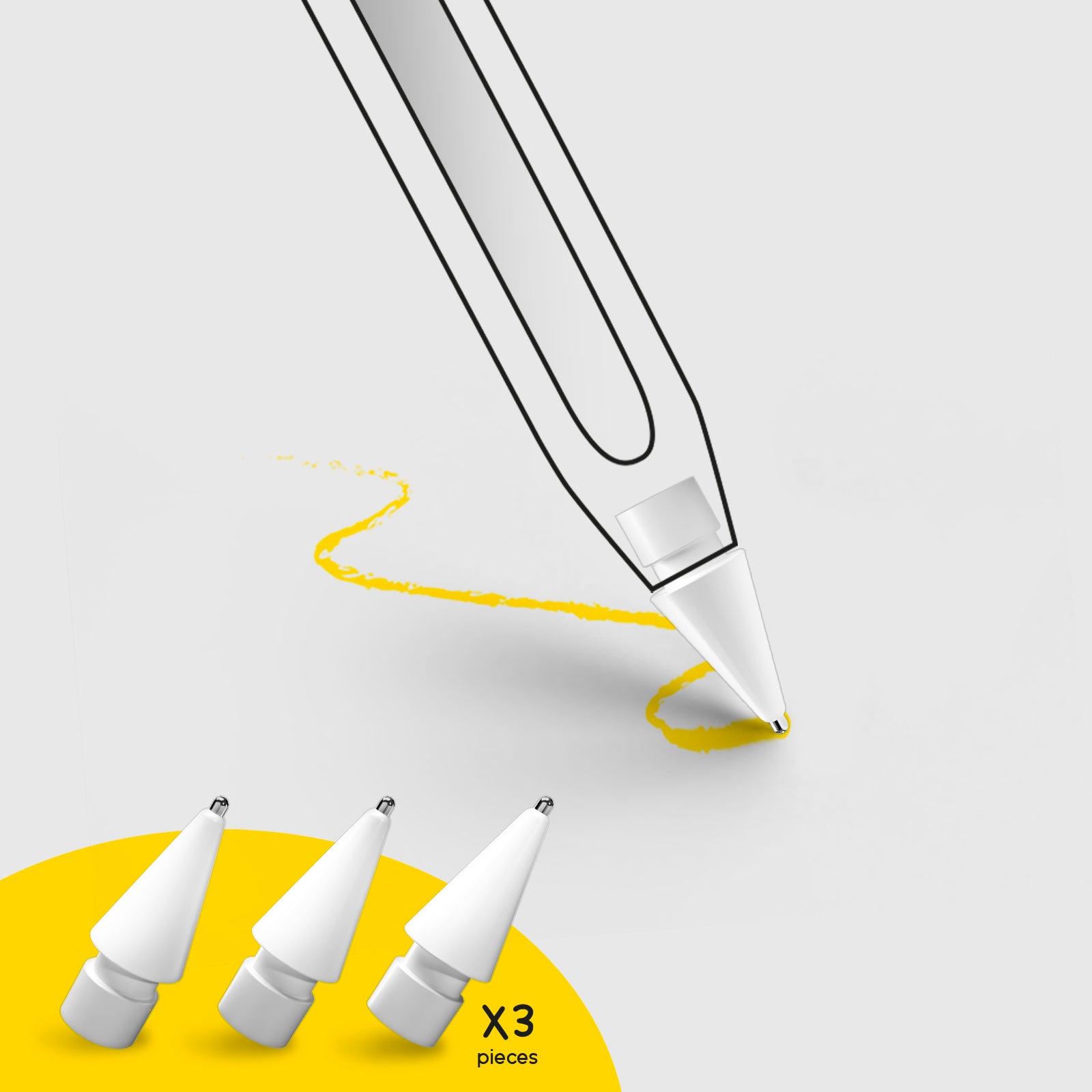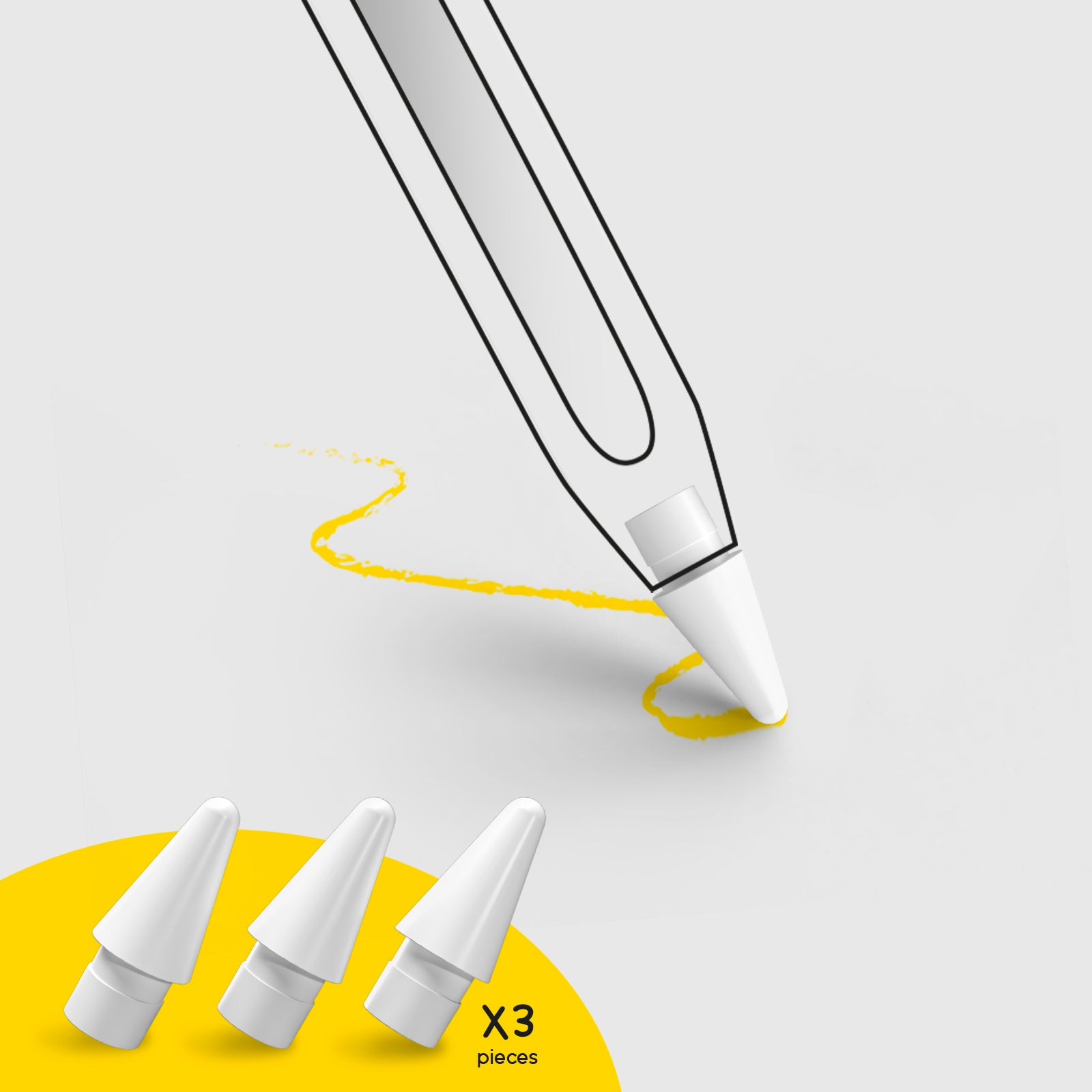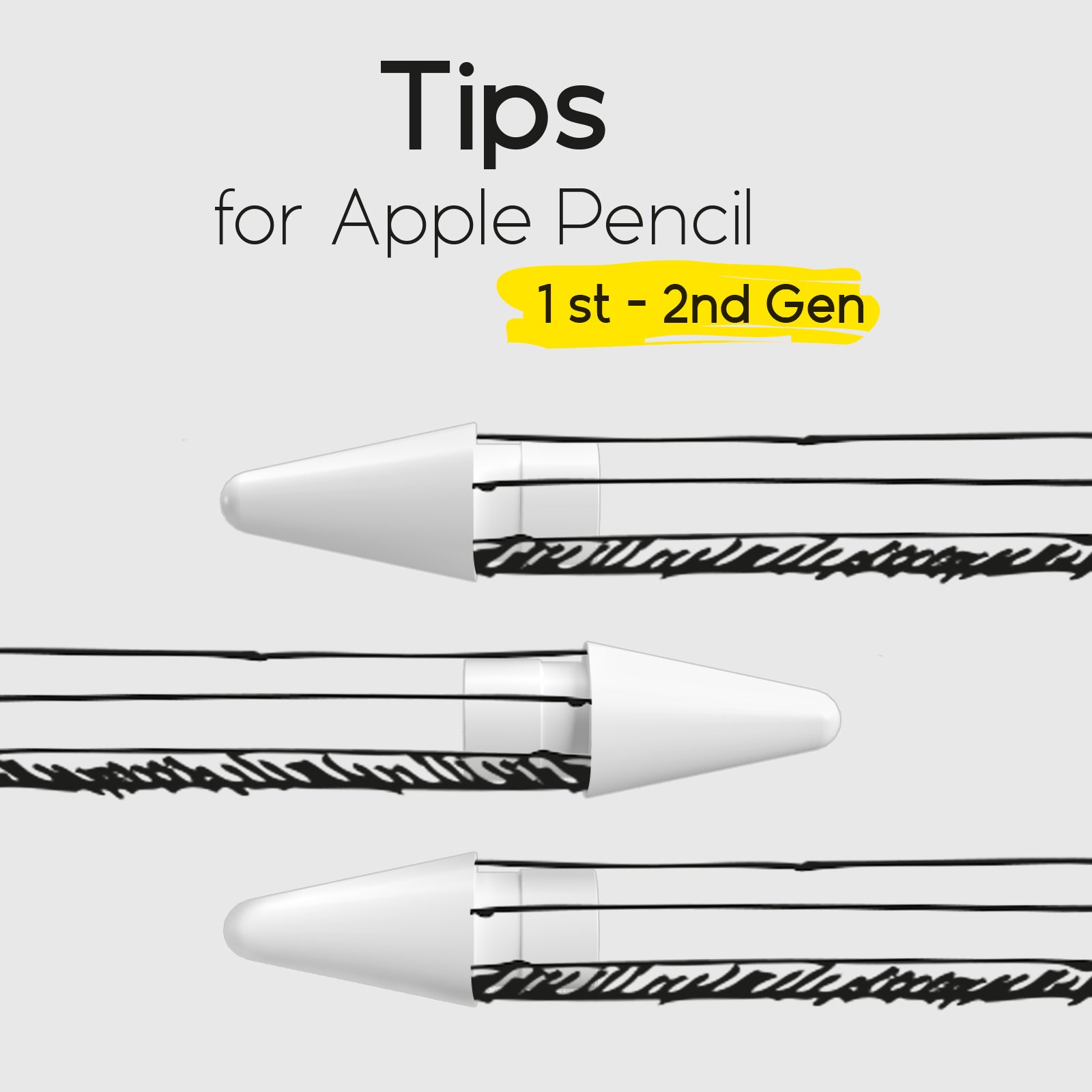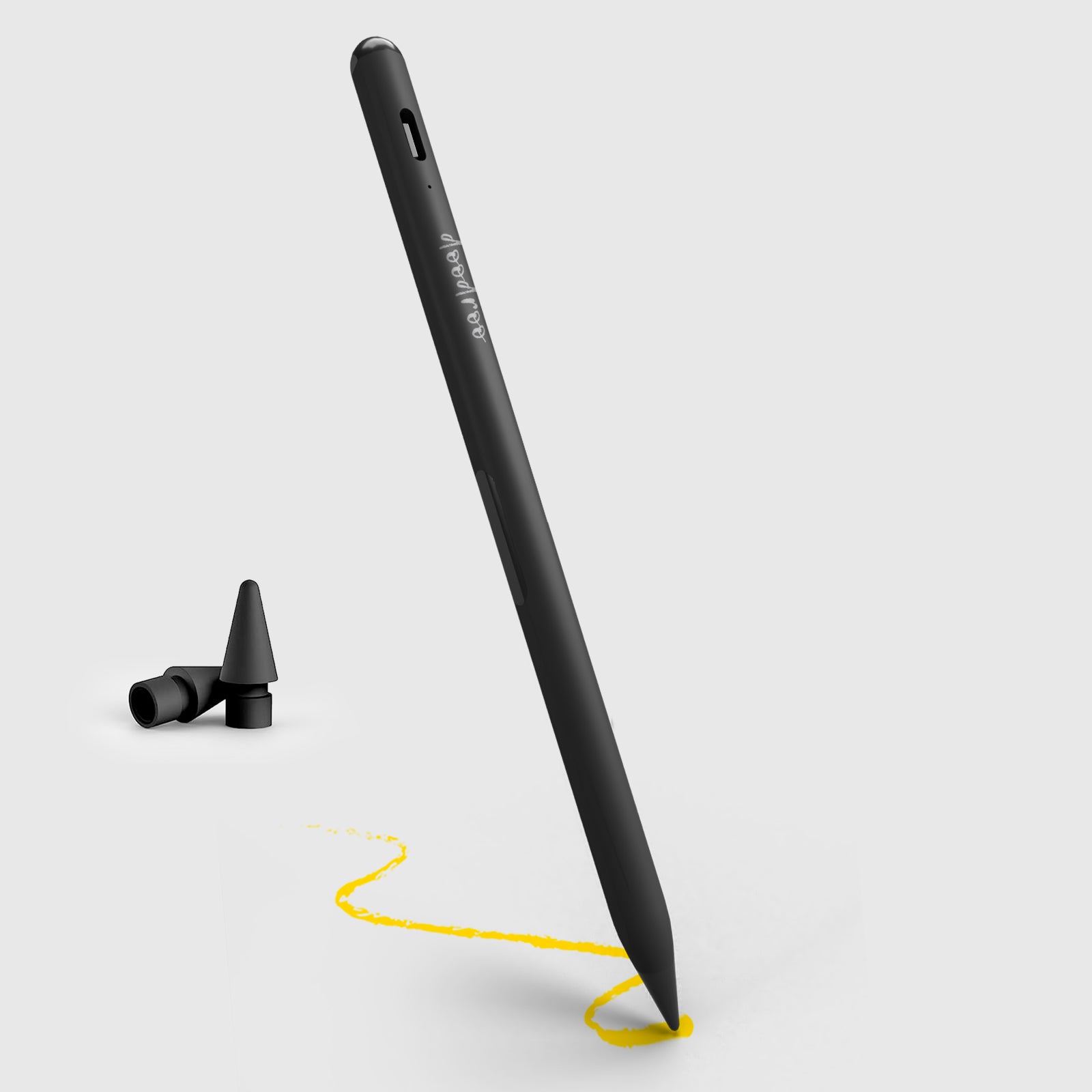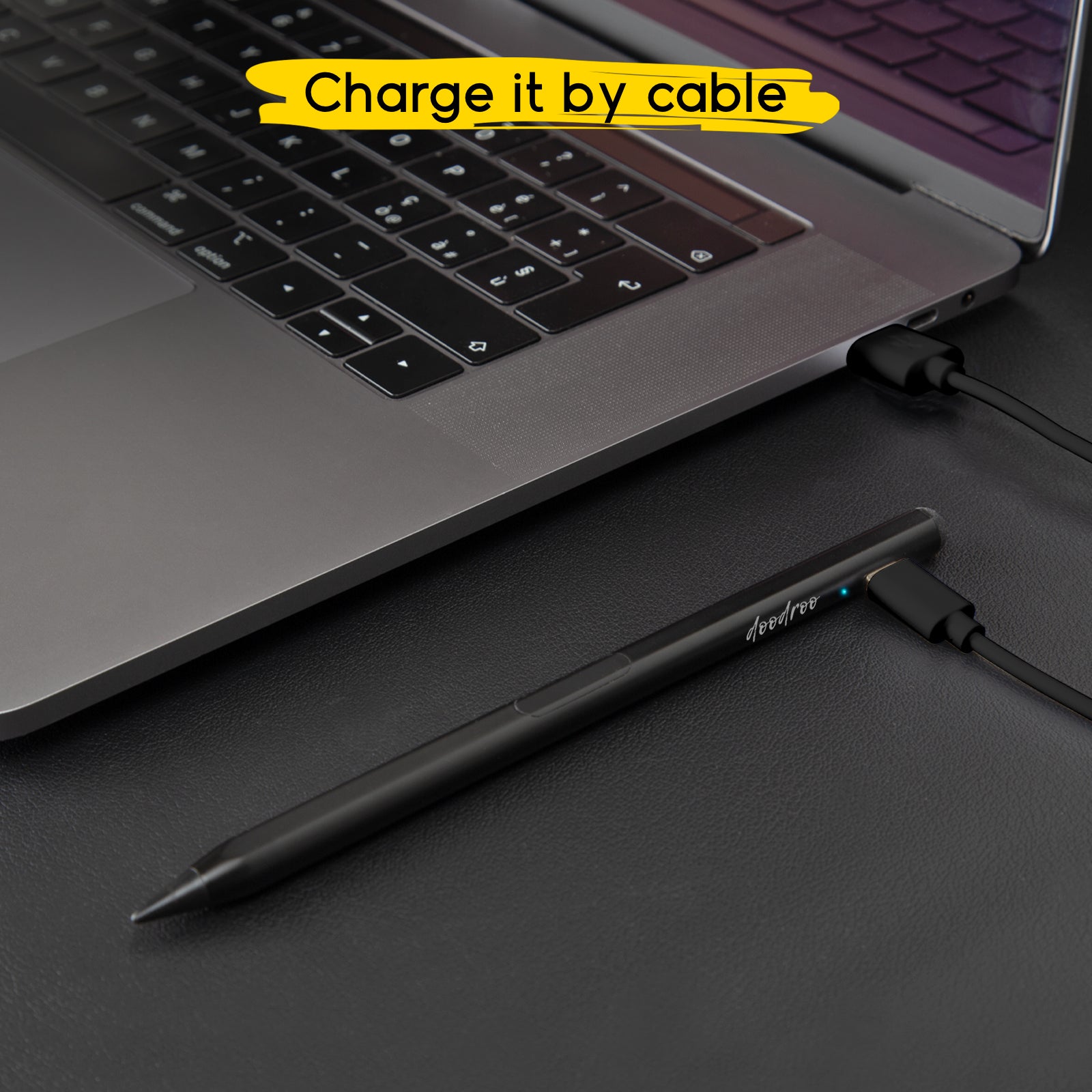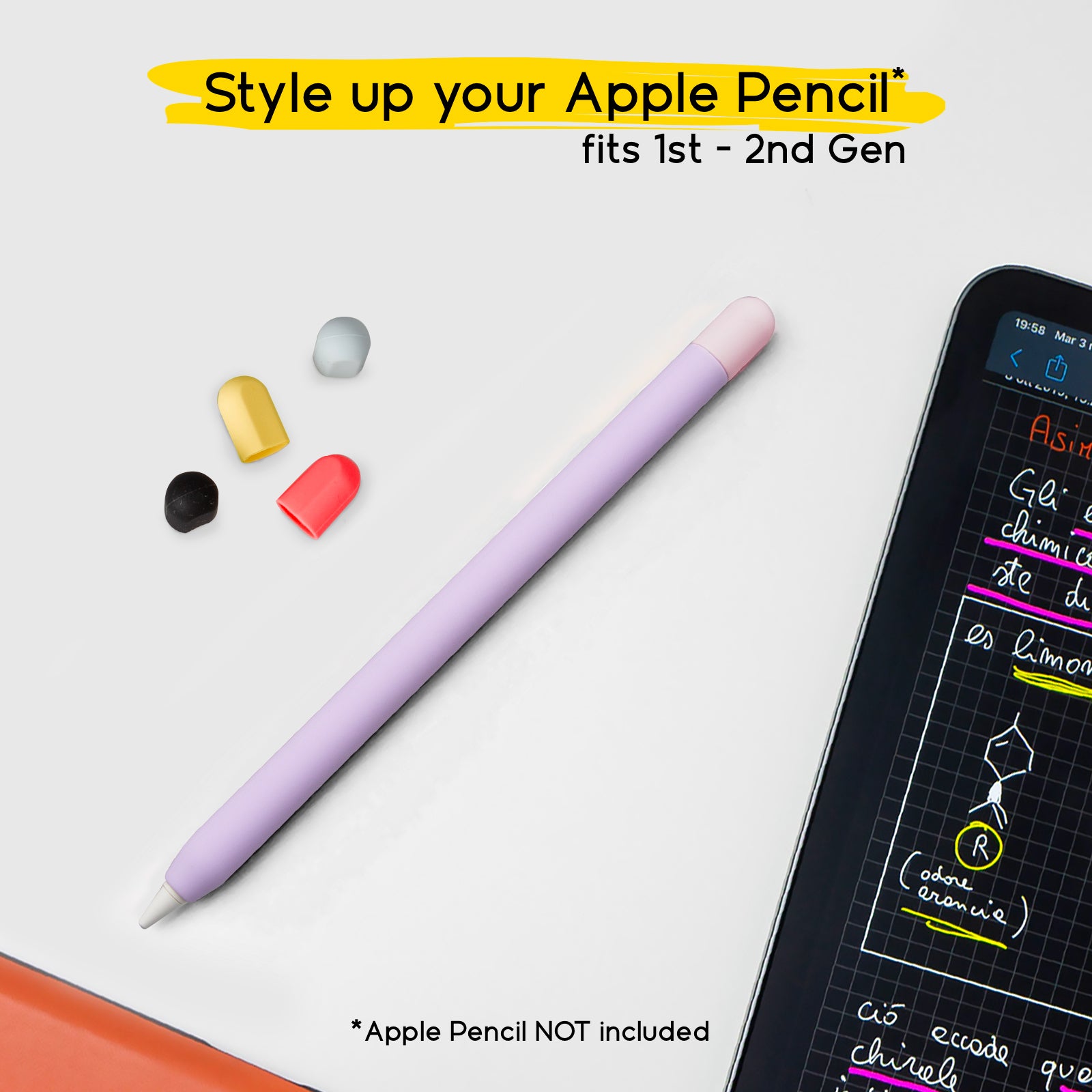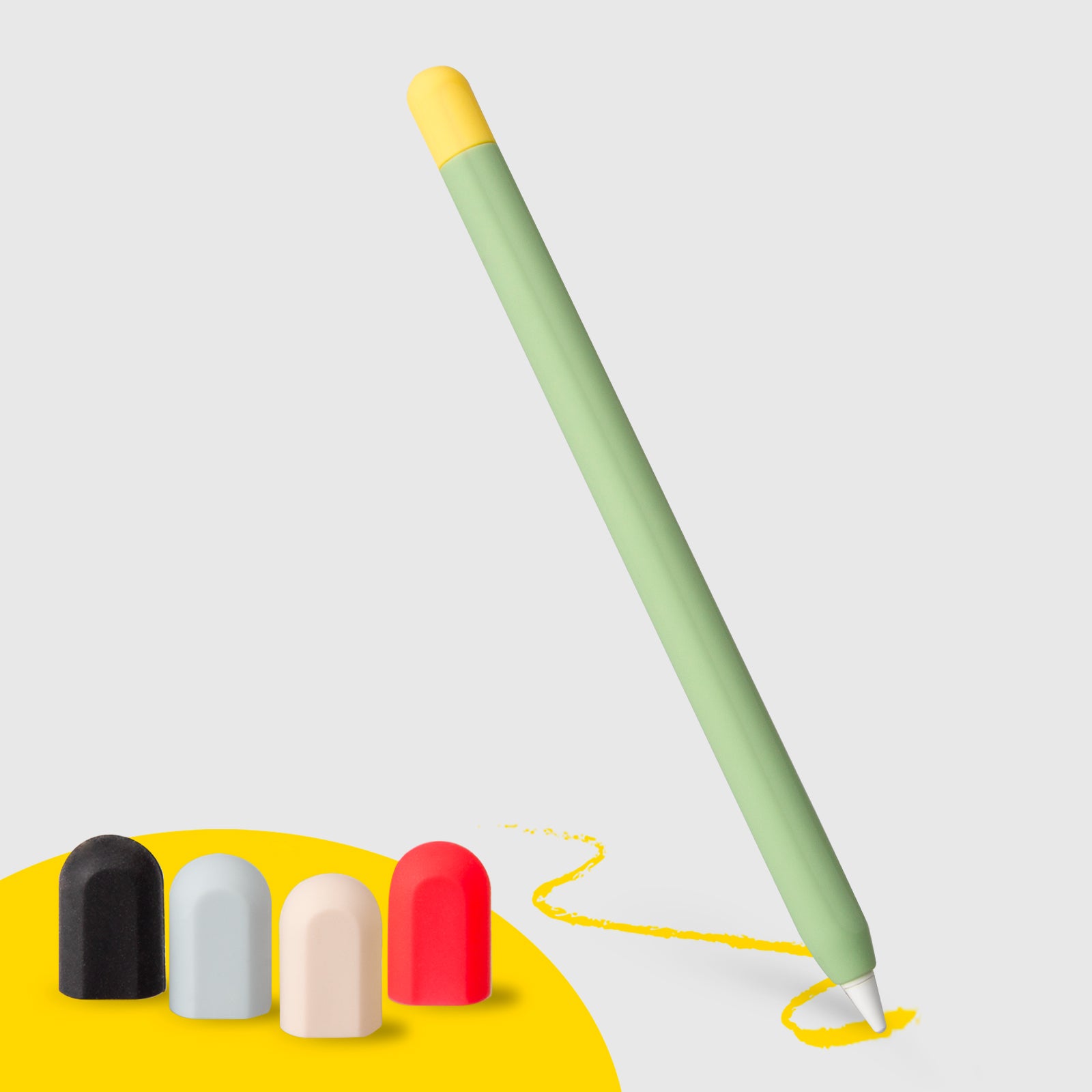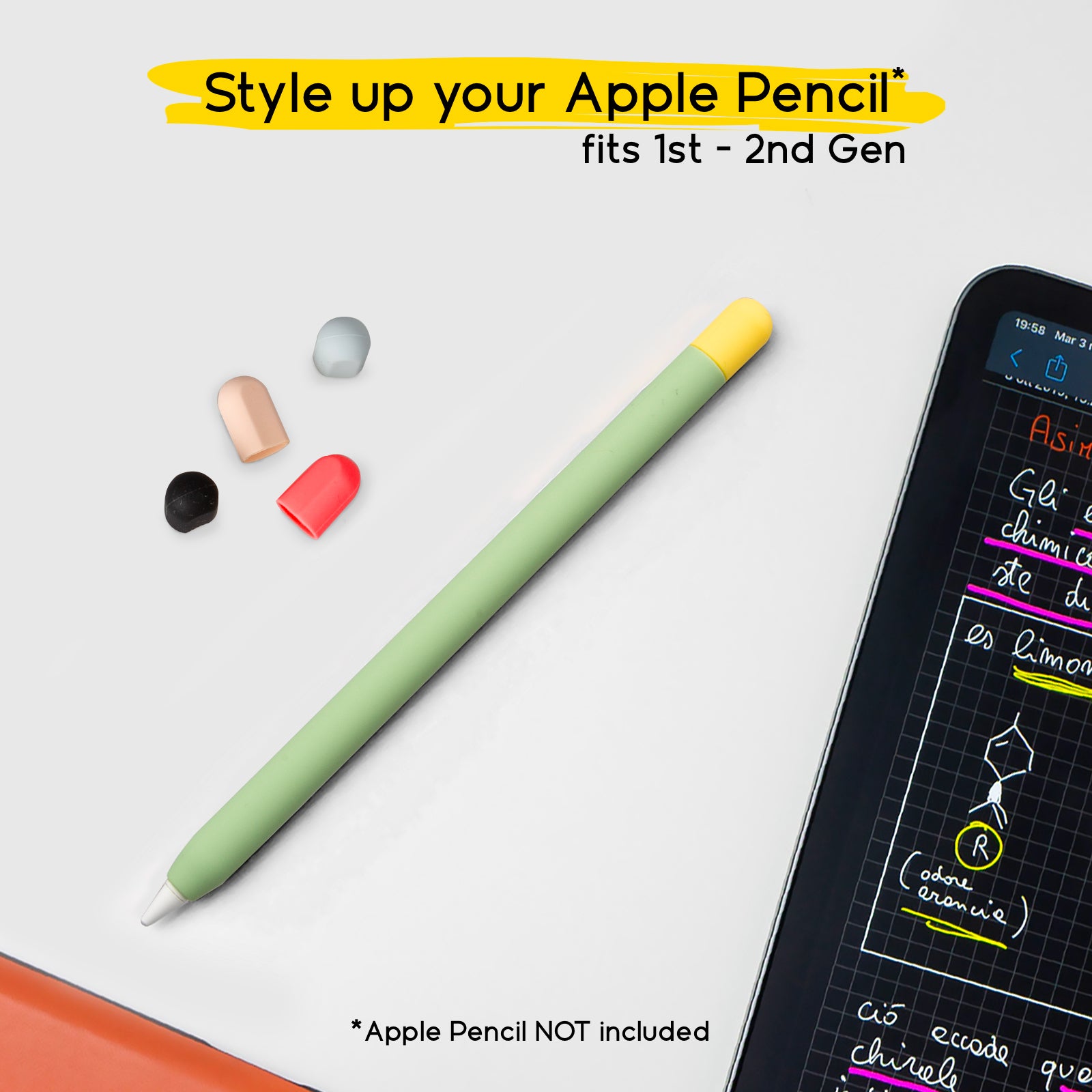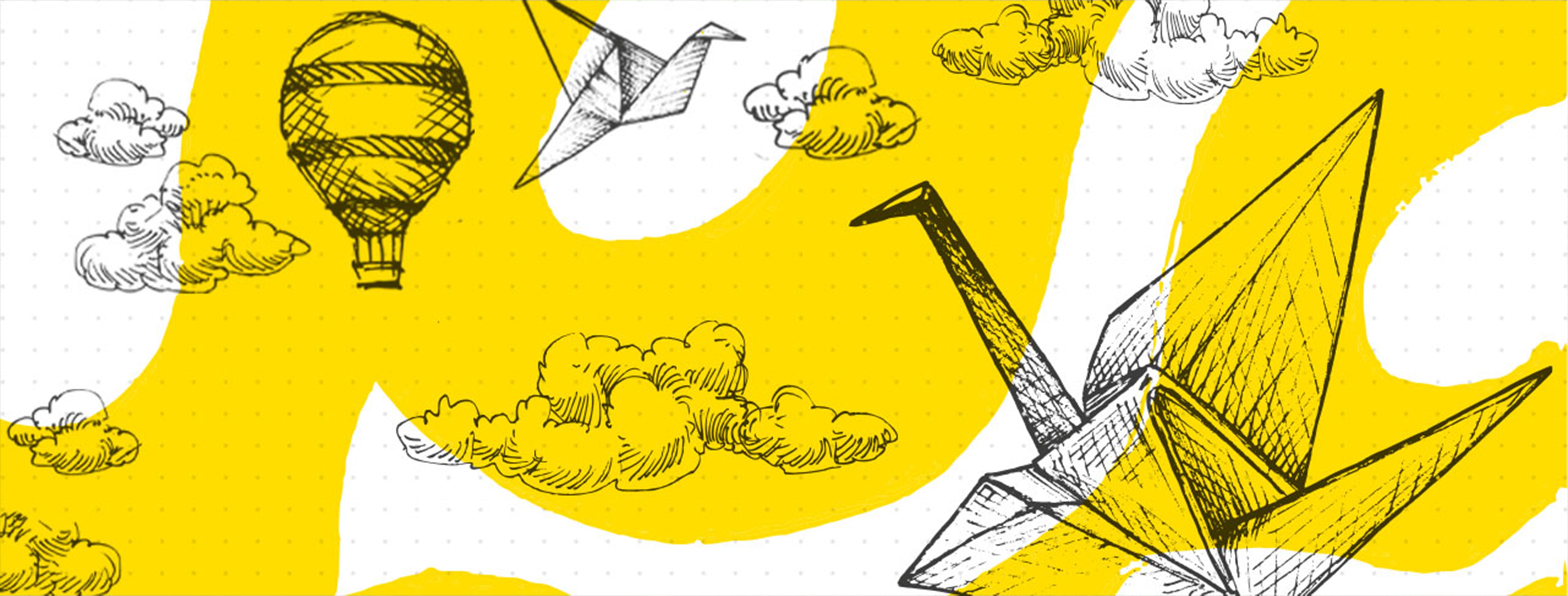Bringing a digital creative project to life is a multi-step journey: it starts with an intuition, moves through phases of construction and revision, and ends with a result that says something about you. Whether you want to create an illustration, a comic, a concept or a simple personal study, the difference between an idea that remains in the drawer and a completed project often lies in the planning.
This guide offers you a clear method that anyone can use and easily adapt to your working style. You will discover how to define concrete goals, how to structure the creative flow and how to improve your drawing experience, also thanks to our range of doodroo tools, designed to bring the naturalness of the sign on paper back into the digital world.
1. Start with the idea: the vision is your driving force
Every creative project begins with a mental image: a scene you want to illustrate, a character that inspires you, an emotion you want to convey. Before you open a new digital canvas, stop and write down what you want to achieve. You don't have to be poetic: you have to be clear with yourself.
It may be helpful to start with a simple question:
“What am I trying to communicate?”
Once you have identified the direction, transform it into a concrete and measurable goal. A sentence like “I want to complete 5 sketches for my portfolio within 2 weeks” works because it establishes quantity, quality and a timeframe.
To avoid chaos and dispersion, collect all the ideas in a single space – a notes app, GoodNotes, a digital notebook, or whatever you prefer. This allows you to quickly find information, sketches and inspiration without spending precious minutes searching for scattered files.

2. Break the work down into small, clear steps
One reason many projects remain unfinished is that they appear too large and complicated. The key is to break them down into micro-phases, each with a simple, clear goal that can be completed in a short session.
A typical – and very effective – division is:
- Draft: quick definition of general shapes and composition.
- Line art: clean lines, definition of details, control of proportions.
- Colors: palette selection and application of the basic fills.
- Details: textures, lights, shadows, final finishing touches.
- Revision: image corrections and harmonization.
In other words the principle is: one step at a time.
Each session concludes with three simple actions: save → review → annotate. This avoids getting stuck, maintains continuity and allows you to restart quickly.

3. Create a mini-routine: the secret to continuity
Creativity is not just inspiration: it is above all habit. Working even for just 30 minutes a day can take you further than a 4-hour session once every two weeks.
Build a little ritual that marks the beginning of your artistic moment: a playlist that inspires you, a cup of coffee, a tidy environment, with your doodroo paper texture screen protector already applied on your tablet.
Simple, yet powerful rituals to switch your brain in the right mode.
Also try to maintain a stable schedule: consistency creates a positive mental association and reduces the time it takes to “get into the flow”.

4. Organize your tools to work better
The tools you work with strongly influence the way you express yourself. Having everything ready, clean and organized allows you to focus your energy solely on creativity, without unnecessary friction.
Recommended apps:
- Procreate
- Clip Studio Paint
- GoodNotes
Hardware and accessories:
- Tablet and digital pen
- doodroo “paper-feel” screen protector
- Drawing glove
- Inclined support
- Cleaning kit
A tidy and functional setup increases precision and improves the quality of creative sessions.

5. Document your progress: seeing improvement is motivating
Artistic growth is often slow, but it becomes evident if you learn to document what you do.
Before/after screenshots, short videos or weekly notes help you see improvements over time, understand what's working and what needs to be revisited.
Every week ask yourself a few questions:
- What did I get done?
- Where do I feel I have improved?
- What do I want to tackle next week?
Sharing these moments with fellow illustrators or online communities can give you valuable feedback and renewed energy.

🌟BONUS 1: Avoid burnout and mental blocks: creativity must be respected
Creative burnout doesn't come out of nowhere: it comes when you push yourself too hard or set yourself a pace that doesn't match your energy. During a moment of tiredness or lack of inspiration, let go of the pressure and try something different: a quick sketch, a purposeless drawing, a free study.
Take short breaks every now and then: relaxing your eyes and mind is essential.
Remember: consistency beats inconsistent talent. Even a small daily creative gesture can be more effective than long, sporadic marathons.
🌟🌟BONUS 2: Focus on the experience: the creative gesture is as important as the end result
Drawing is not just the final product: it is a physical and emotional experience. When the gesture is natural, the creative flow becomes more pleasant and engaging.
Our doodroo “paper-feel” screen protector provides the resistance the hand expects when drawing, allowing for better control and a more immersive feel. Many illustrators note that thanks to this surface they can draw longer without getting tired.
When the experience is rewarding, staying consistent becomes much easier.
Planning isn't a limitation, but an ally: it allows you to transform chaos into a clear and achievable path. With concrete goals, sustainable routines and tools like the doodroo paper texture screen protector, you can make every work session more fluid, natural and enjoyable.
Every project starts with an idea, but comes to life through the process: nurture it, respect it and enjoy the creative journey.



